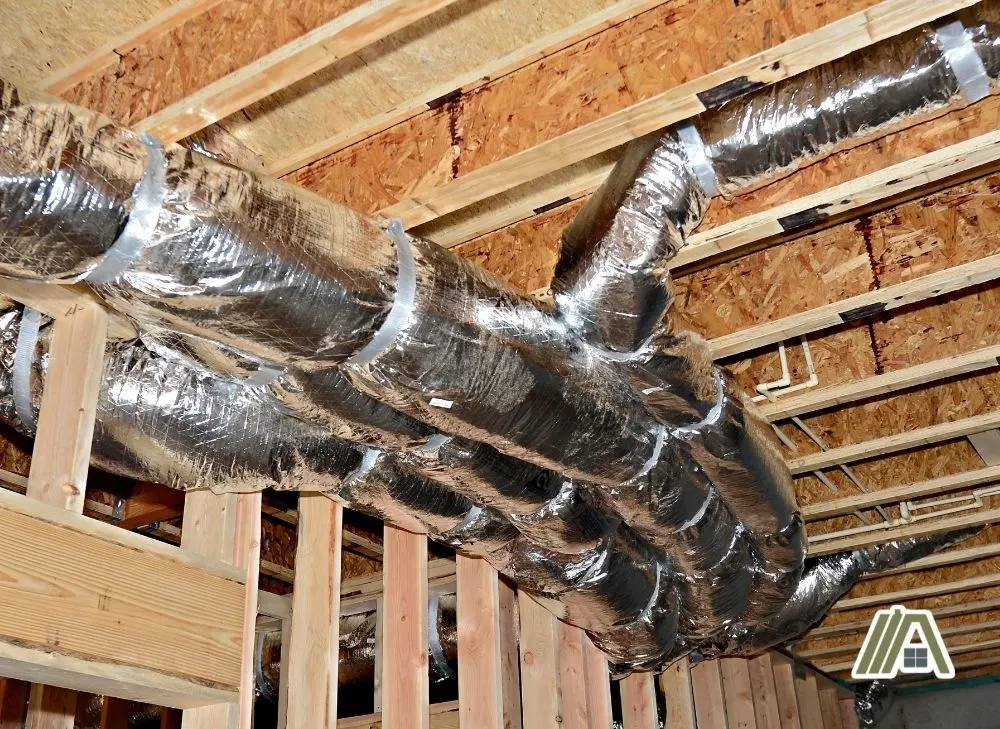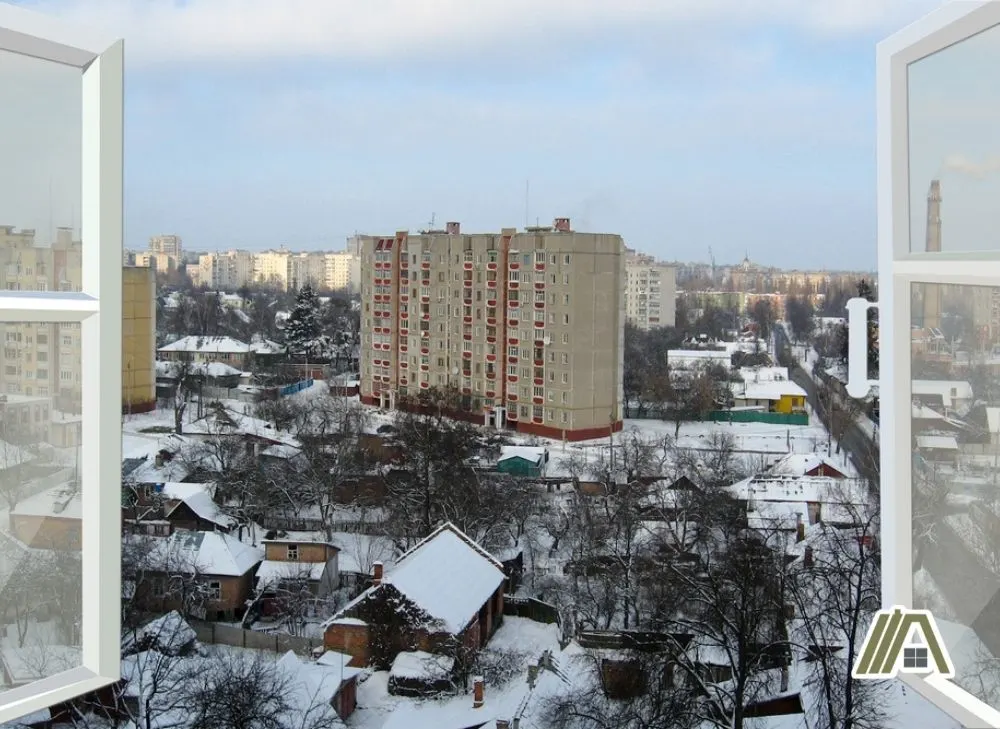There always seems to be a lingering question about air ducts and whether or not they should be insulated. This is no different when considering ducts working with a makeup air unit.
There is a difference between what is required and what is recommended. Both can be interpreted with the word “should,” and both will be looked at in this article.

Insulating makeup air ducts depends on if the makeup air unit tempers the air. If it does not, then insulation would be pointless. If it does, then insulation would have multiple cost and comfort benefits. As far as the IRC goes, there are no regulations requiring the insulation of makeup air ducts.
IRC Doesn’t Talk About Makeup Air Ducts
The International Residential Code (IRC) does not specifically discuss whether or not makeup air ducts need to be insulated.
This can lead one to believe that it is mostly up to themselves whether or not the makeup air duct is insulated.
That being said, one should still check the local codes as they may not always perfectly match the IRC, and the local codes take precedence.
Something to Consider
In Section N1103.3.1, the IRC says that you must insulate supply and return ducts located outside of conditioned spaces.

While it is easy to say that, as makeup air ducts supply air into a room, these ducts are included in the above regulation. However, I do not think that they are.
All of my research has linked supply and return ducts exclusively with HVAC systems. So, it is reasonable to conclude that makeup air ducts still have no specific insulation requirements despite this regulation.
If you think about it, supply ducts in the HVAC system carry conditioned air to rooms in the house. If these ducts were to pass through unconditioned spaces, then the air inside could lose or gain heat, making the work done by the HVAC to condition the air pointless.
Makeup air is transfer air from other areas of the house or from outside. So, either it is already conditioned and has no need to pass through unconditioned spaces, or it gets conditioned in the makeup air ducts itself, making the chances of energy loss lower.
Can Insulation Touch Ductwork? (All types of insulation & ducts)
Makeup Air Units That Don’t Temper Air
Makeup air units that don’t temper the air simply bring the air into the home or into the room, in the case of transfer air, with a fan. They do not alter the air in any way; no heating, cooling, or adding/removing moisture.
Let’s focus on the units that bring in outside air and do not temper it as it is more significant to this discussion.
These systems are relatively common, but their use is dependent on a number of factors.
Firstly, the type of environment in which your home is located will determine whether or not these makeup air units are practical.
Homes that typically only encounter temperate and mild weather don’t need a unit that will condition the air. This is because the air is not overly hot or cold and does not need to be altered.
Secondly, the amount of makeup air required matters. Units supplying only small amounts of makeup air (or small amounts in relation to the size of the room) likely won’t make a significant difference to the overall air temperature or quality.
Thirdly, how conditioned your home’s air is makes a difference. If you don’t have an HVAC system or something similar and you rely on appliances like ceiling fans to cool you and space heaters to heat individual rooms, then adding unconditioned air to unconditioned air is not going to be detrimental.
Regardless of why these non-tempering makeup air units are installed in your house, insulating the ducts would be pointless.
Why Insulation Is Not Necessary
Ducts serving makeup air units that do not temper the air would not benefit from being insulated because insulated ducts are meant to preserve the condition of the air that is flowing through them.
If the air is not altered, then there is no condition that needs to be preserved with insulation.
Moreover, insulating such ducts may have the opposite effect.
If the air outside of the home is cold it will be cold when it is brought into the home. Insulating the ducts would just keep the air as cold as it is outside of the home.

With uninsulated ducts, there is a chance that some of the cold air will leach and diffuse out of the ducts as it travels through the house (assuming the house is warmer than the air outside).
The same applies for hot outside air.
Makeup Air Units That Temper Air
Makeup air units that do temper the air are the most common type of systems used in homes. Such units have the ability to heat or cool the air to a certain degree.
Makeup air units can temper air by heating it using liquid propane or natural gas. The cold air from outside is added to a heated air stream (heated by the propane or gas) and the temperature of the makeup air is raised.
Makeup air units that temper air by making it cooler do so with a refrigerant in a coil. Heat from the air is absorbed into the coil as the outside air passes through, and the air is cooled.
Ducts for makeup units that temper the air would benefit from being insulated to preserve the new temperature of the air.
Makeup air is normally tempered in areas where the climate experiences very warm or cold temperatures or when larger quantities (relative or otherwise) of makeup air are supplied.
Benefits of Insulation
There are benefits to insulating the ducts supplying conditioned makeup air beyond just preserving the conditioned temperature.
- By preserving the degree to which the air is tempered, insulated ducts help to ensure that the air that is released into the home is as close as possible to your desired setting, ensuring your comfort.
- As the insulated ducts do not deliver extremely cold or hot air into the house, then the HVAC system (or any other system that also conditions the air) will not be forced to work harder to maintain your desired temperature. This saves energy and money.
- Insulated ducts are quieter than uninsulated ducts. Growing up my home did not have insulated ducts, and waking up in the night to the sound of rattling or shuddering ducts was not an uncommon occurrence and certainly not preferred!
- Insulated ducts are also less likely to leak air, which again helps with efficiency and costs.
What Type of Insulation
Fiberglass insulation is the most commonly used insulation for most types of ductwork. There are two types of fiberglass insulation that are used: rigid and flexible.
Rigid fiberglass insulation is best when used with rectangular ducts.
Flexible insulation on the other hand is good for ductwork that doesn’t have long straight stretches or is not rectangular.
Flexible insulation is wrapped around the duct, while rigid insulation is clipped to the duct.

